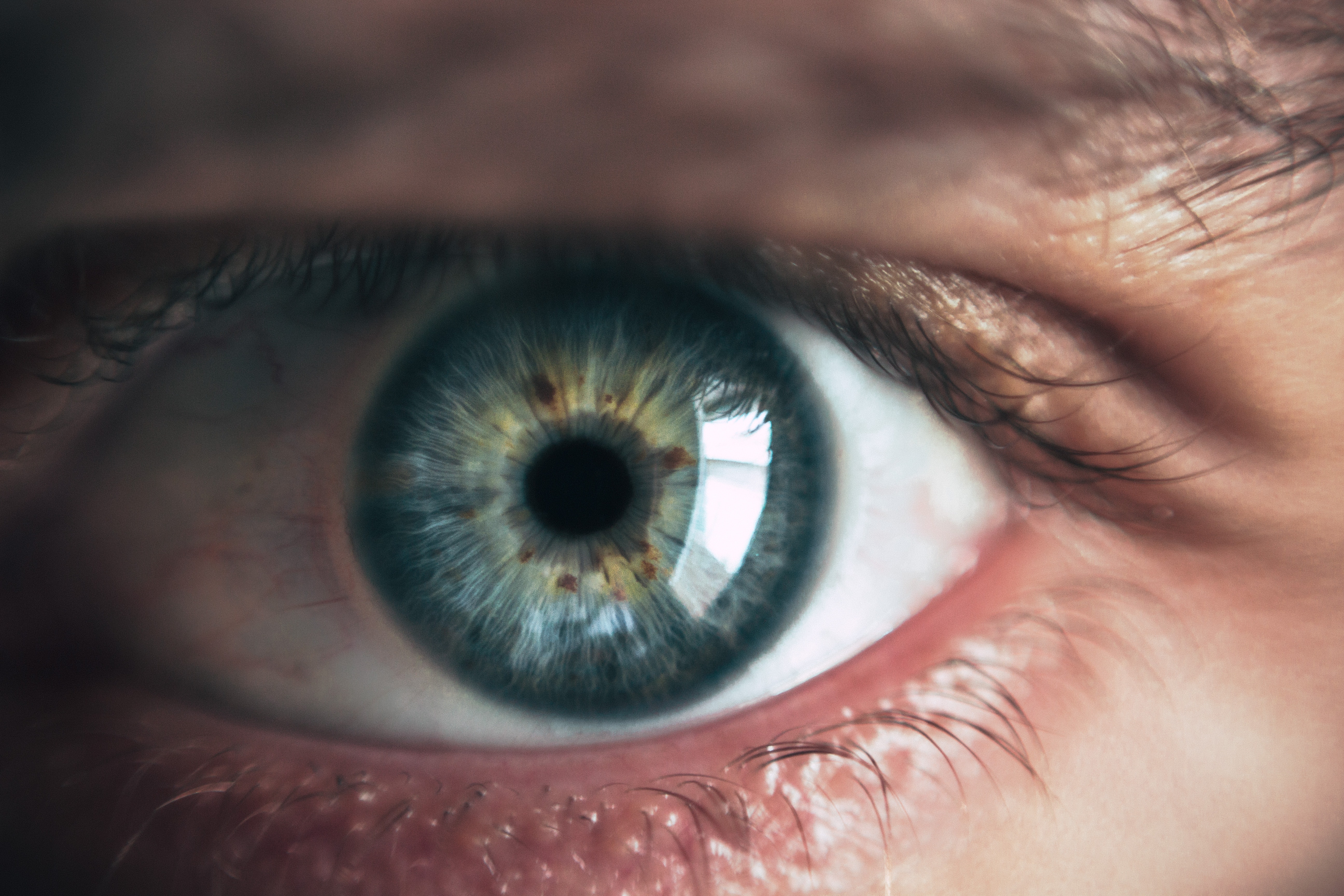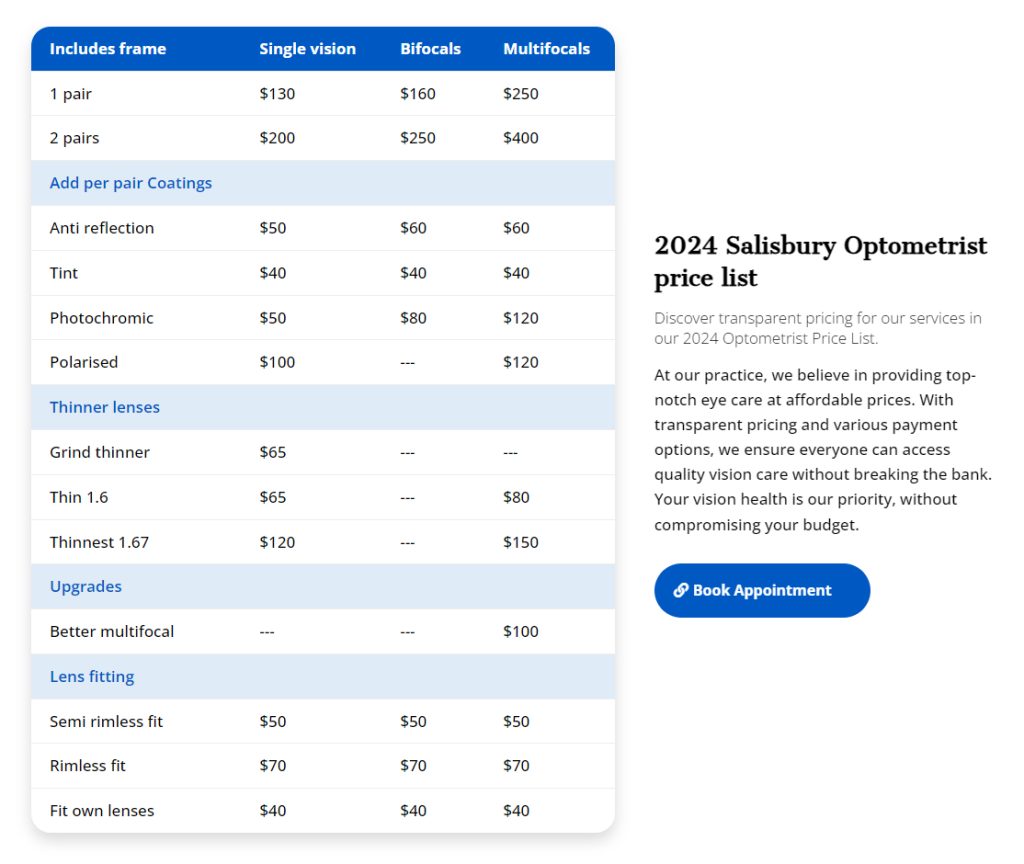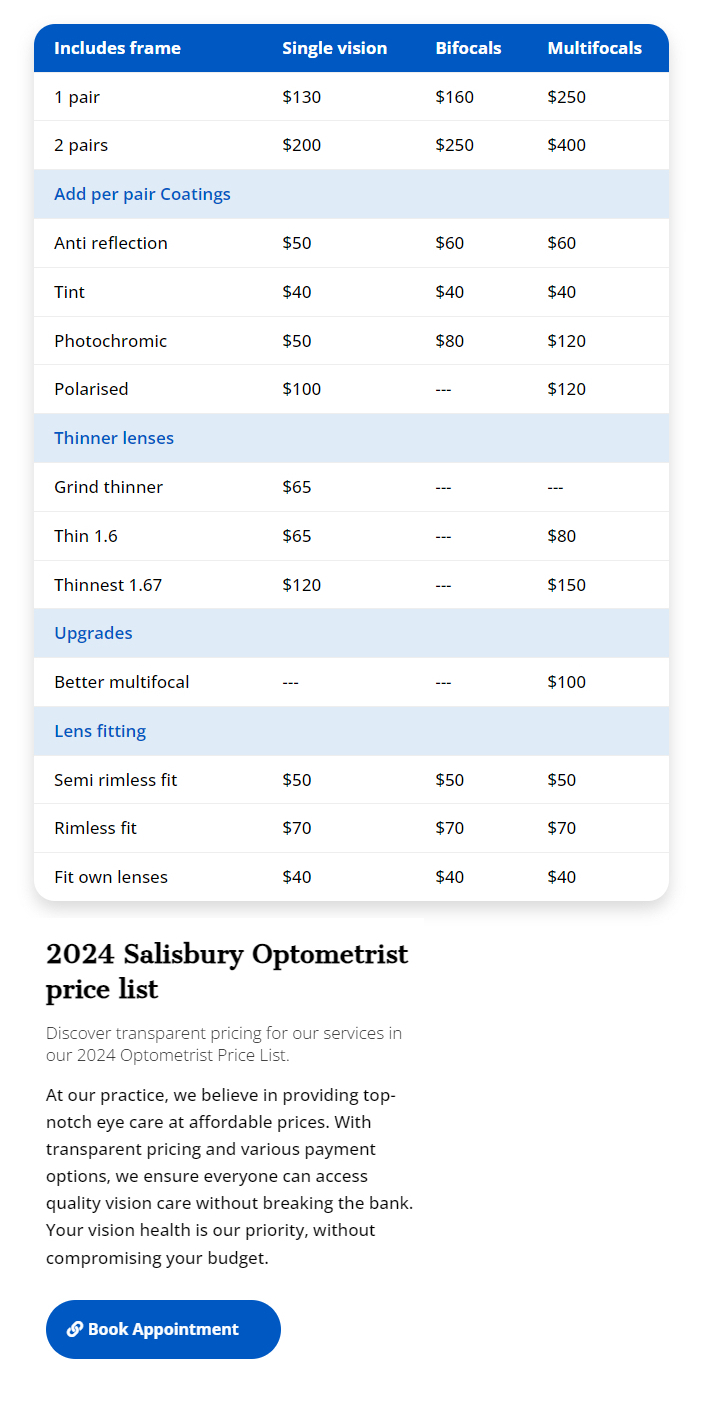What type of eye-condition is this? Do I have it? Does it have any signs? If you are searching for answers to these and other similar questions you’ll find this post very helpful. Below we’ll share with you everything you need to know about this condition. This also includes signs you should watch out for.
Before getting into the initial signs of glaucoma, lets first look at it in general. For this, we are going to highlight four key areas. These key areas are;
- What Is Glaucoma
- Types of This Eye-Condition
- Causes
- Symptoms
What Is Glaucoma?
To start off this glaucoma post, we get to look at the meaning of it. So what is glaucoma? Well, it’s basically a term used to describe an eye condition brought about by damage of optic nerves. In addition to knowing what this eye condition really is, it is important that you familiarise yourself with additional crucial information about it. For starters, how can you get it? Or better yet, how can you detect it. That being said, this eye condition is commonly inherited. What this means is that you are likely to have it if a family member, alive or dead, has or used to have it.
Now that you know how you can get it, let’s focus on how you can detect it. With glaucoma, do keep in mind that it is very hard to detect. It also tends to develop as you get older and as a result chances are you’ll know of it way too late. However, an eye doctor can detect it. Better, yet, he or she will be able to do so during its initial stages. For this to happen, you’ll need to schedule an eye exam with your local eye doctor.
What Are The Causes of Glaucoma?
With some little knowledge of this eye-condition, it is time to look at what causes it. So what causes it? This eye-condition is typically linked with pressure build-up inside the eye. It is good to note that this pressure build-up is at times called intraocular pressure and it mainly affects (damages) the optic nerve.
In the event this happens, your eyes won’t be able to transmit images to the brain properly. Why is this you ask? Well, the optic nerve is responsible for transmitting images to the brain. If it’s damaged it fails to function correctly. Given this fact, it shouldn’t come as a surprise that those with this condition complain about vision problems.
Given its lasting impact, it is important that you treat this eye-condition as early as possible. If you choose to ignore it, you are likely going to lose your vision. In other words, you’ll have vision loss that’s permanent. For you to treat this eye condition, first, you’ll need to know or tell that you have it. Unfortunately, it is not easy to tell for certain if you have it as already mentioned. This is why it is important for you to see a doctor who’ll perform an eye exam. Only an eye exam can tell you for certain if you have it or not.
In addition to fluid pressure, there are other causes of glaucoma. Unlike the first one, these causes are less common. That said, they include glaucoma caused by;
- Chemical Injury
- Eye Infection (has to be severe)
- Inflammatory Conditions
Types of Glaucoma
There are two main types of this eye condition. These two are open-angle and angle-closure glaucoma. Below, we get to look at these two, in brief, starting with open-angle.
Open-Angle – This type of glaucoma, open-angle, is often called wide-angle glaucoma. It is very common with individuals who end up having glaucoma. So what exactly goes on with this type of glaucoma? Well, individuals who have open-angle glaucoma have do have a faulty trabecular meshwork.
What do I mean by faulty? Well, they are clogged. When clogged, the meshwork fails to perform their function which is draining released fluid. This fluid goes on to increase in volume and ultimately increasing internal eye pressure. With time, this ends up damaging the optic nerve.
Angle-Closure – This type of glaucoma, angle-closure, is not that common. Despite this fact, however, there are cases of this type of eye condition reported on a yearly basis. This is especially true with countries in Asia where angle-closure is more common. With angle-closure, your eyes don’t drain the way they are supposed to thus leading to fluid building up. The difference between this and open-angle comes down to how fluid builds up. With angle-closure, the space between the eye’s iris and cornea narrows. This narrowness can cause a sudden fluid pressure build up.
Symptoms of Different Types of Glaucoma
One of the main reasons why this eye condition is hard to deal with is symptoms or signs. In particular, it is difficult to identify symptoms or signs of glaucoma. Why is this? Well, a big reason why this is so is the fact that there are no early warnings signs. No early warning signs mean it is very hard to detect it during its early stages. In some cases, one might not notice any advanced signs if any. This is more-so true with individuals that have open-angle glaucoma. Why? Well, they usually start experiencing vision loss on the sides. In the event this happens, the sharpness of the eyes or visual acuity remains the same for a long period of time.
With some people, this eye-condition tends to develop slowly. In fact, it can start from a very early age and continue to develop as you get older. This is why it’s common for signs to be more evident as one gets old. If you are unable to detect glaucoma early and it ends up affecting your eye, the process of reversing vision loss is impossible. This also applies if you choose to have eye surgery.
Therefore, it is very important to visit your local eye doctor for regular check-ups. If your eye doctor detects glaucoma early, he or she will be able to prevent it from advancing. Furthermore, they can prevent it from completely running your eyes.
Below you are going to find a list detailing symptoms of both open-angle and angle-closure glaucoma;
Symptoms of Open-Closure
- Gradual Loss of Peripheral Vision (This usually happens in both eyes)
- Tunnel Vision (Usually during advanced stages)
Symptoms of Angle-Closure
- Blurred or hazy eyesight/vision
- Head and eye pain that’s severe
- Redness in the eyes or Rainbow-coloured circles
- Vomiting or nausea that’s accompanied with a severe eye pain
- Sudden loss of sight
Final Words
With glaucoma, it is important that you detect it early. Furthermore, you should know the type of glaucoma you have. This way, you’ll be able to prevent damages it’s sure to cause your eyes. For you to detect it, however, you’ll need to visit an eye doctor. Preferably, you should visit an eye doctor for check-ups regularly.
When is it best to do this? Well, set up an eye check-up after every 1 or 2 years with your eye doctor. He or she is able to detect this eye-condition at its early stage after which they’ll offer you an ideal treatment. In addition, they’ll give you valuable advice on how to carry yourself to better increase the chances of treating it.
To set up an appointment with an eye doctor in Adelaide for an eye check-up, do contact Salisbury Optometrist. You can do this by dialling (08) 8285 7100 or 0433 510695. You can also send an email to salisburyoptometrist@gmail.com.
You can find us just off Commercial Road, address: 3/88 John St, Salisbury SA 5108, come pay us a visit!




0 Comments